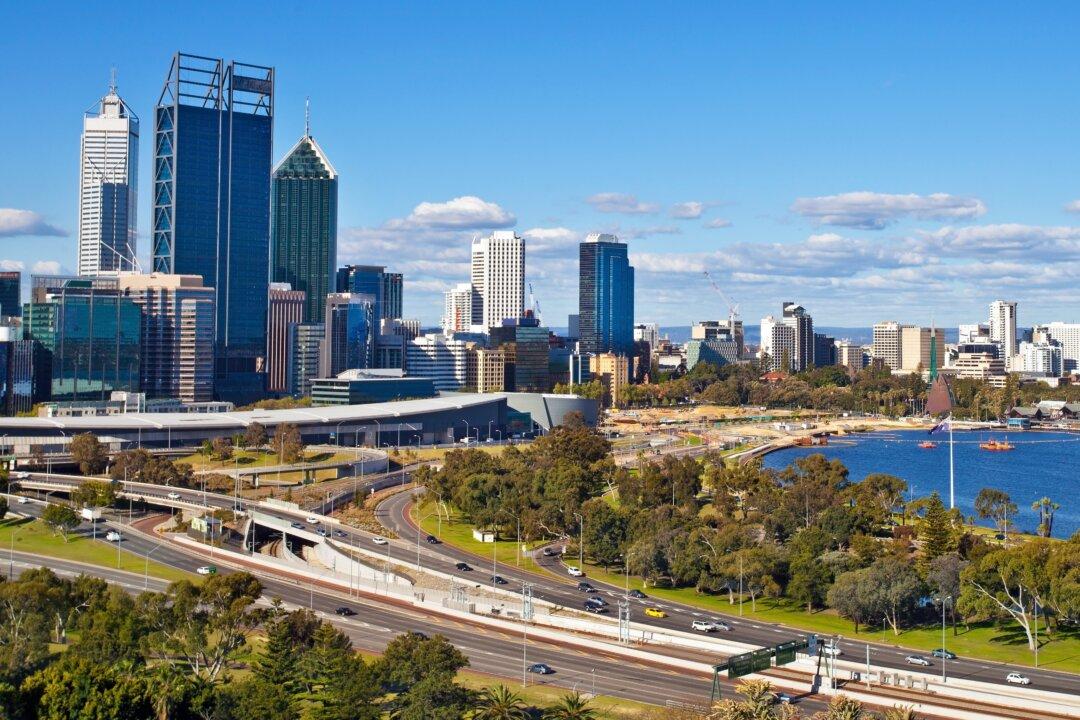Australia has outlined it has no plans on halting its emissions-laced industries in order to meet climate goals, but instead will be honing in on reaching “net” zero emissions through carbon offsets and technological development.
This comes during dialogue between Prime Minister Scott Morrison and other world leaders at COP26, the 26th United Nations climate summit, to discuss climate change concerns and subsequent remediation strategies. The world’s biggest emitter, China, was not present.





